The Right Stuff: Video
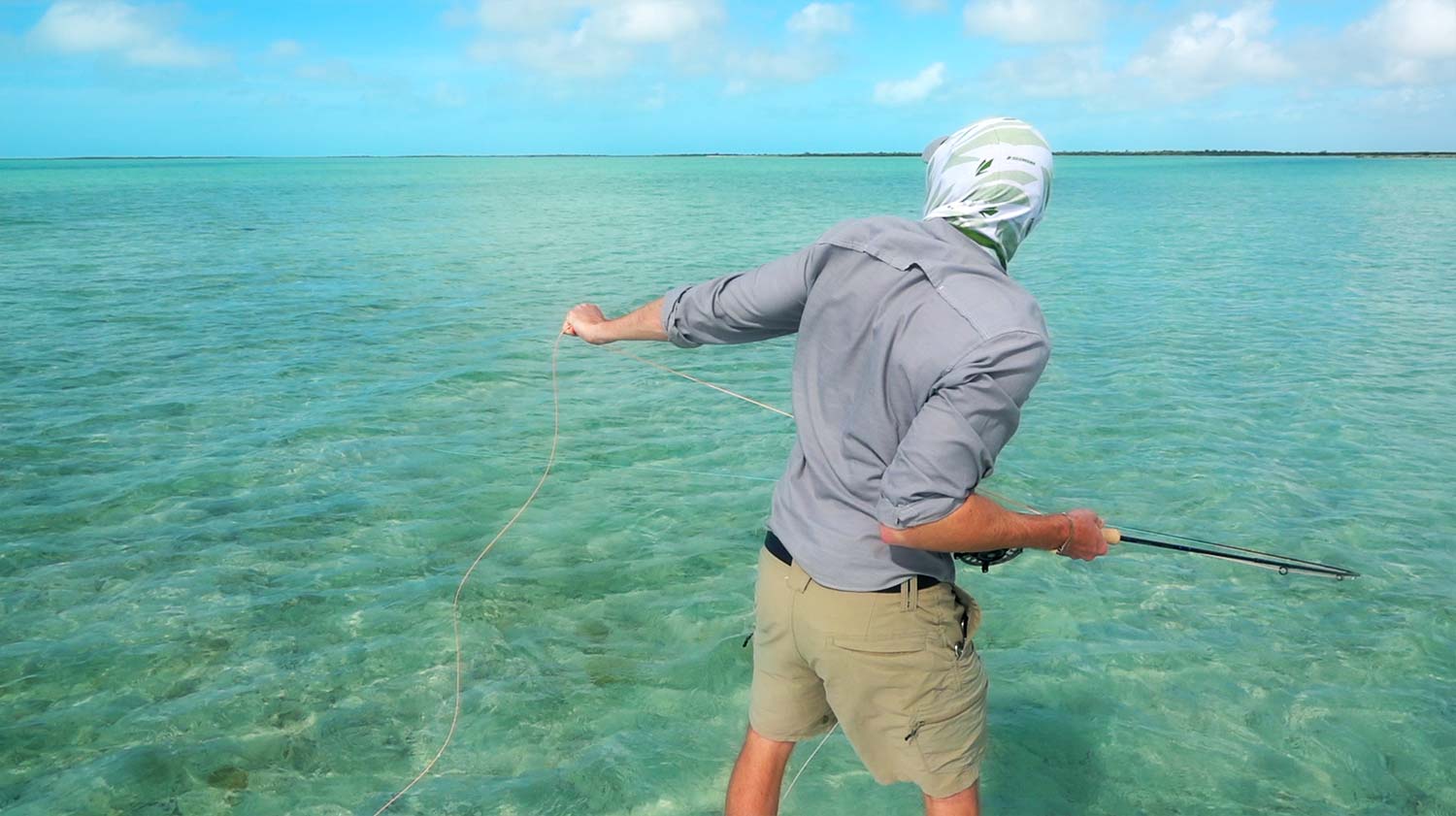
You know that feeling when you hook a fish and everything goes wrong?
I saw that play out just recently, and I saw a great, if not unconventional, recovery. I was fishing with Jesse Lowry on South Andros. Jesse hooked a nice bonefish and things went sideways. The fish ran straight at Jesse and there was no way he could take up line fast enough. When the reel couldn’t catch up, he went to stripping and then he couldn’t strip fast enough.
Most anglers would have lost it at that point. I’ve seen it a hundred times and most folks just watch it happen, but not Jesse. You could see his determination. He wanted that fish. He reached out and caught hold of the slack line outside the rod tip and hand lined the fish. It was hysterical, and effective.
Jesse landed the fish but when he tried to lift it for a photo the fish had other plans. He flipped out of Jesse’s hands to freedom. Jesse made one more attempt to grab the fish out of the water and it showed him up by swimming right between his feet. That guy does not give up and I respect that in an angler. That’s the right stuff.
I WAS LUCKY TO CATCH THE WHOLE THING ON VIDEO!
Read More »Fast Pocket Water & Big Attractor Dry Flies
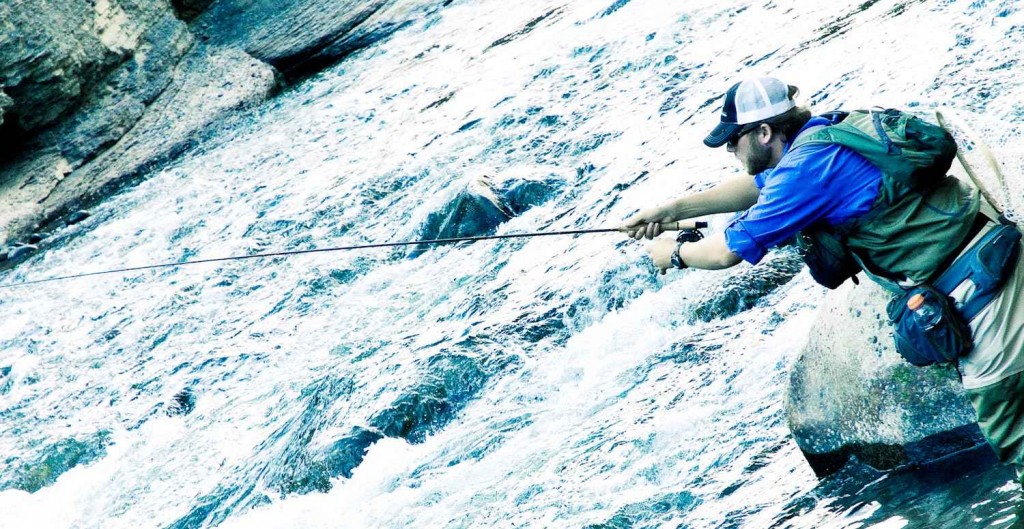
During the spring, summer and fall I often get the itch to forget about catching numbers and instead see how big of an attractor dry fly I can get away with fishing and still fool trout.
For those of you who don’t know, my closest trout waters are North Georgia and Western North Carolina. We don’t regularly fish giant attractor dry fly patterns, like lots of my western friends do, because most of our water just won’t yield much results. That’s whats so cool about the idea of fishing them, when most anglers would chastise you. It gives me a little extra reward fishing patterns out of place and still catching fish. My favorite trout water for doing this on are medium-sized streams, particular in gorge sections that have a steep stream gradient. This type of water generally is loaded up with pocket water, and that’s perfect trout water for fishing big attractor patterns. Most of the trout found in these stretches of water are forced to be opportunistic feeders. The fast and turbulent water don’t give them a lot of time to examine their food before it’s out of their reach.
I’ll never forget an epic day of fishing in western North Carolina last year, fishing a size 6-8 Royal Wulff. I caught some really nice brown and rainbow trout that day, and I chuckled inside as I got weird looks from other locals on the stream, as they watched me drifting unusually large dry flies. They must have thought I was a
Read More »Farm Waters
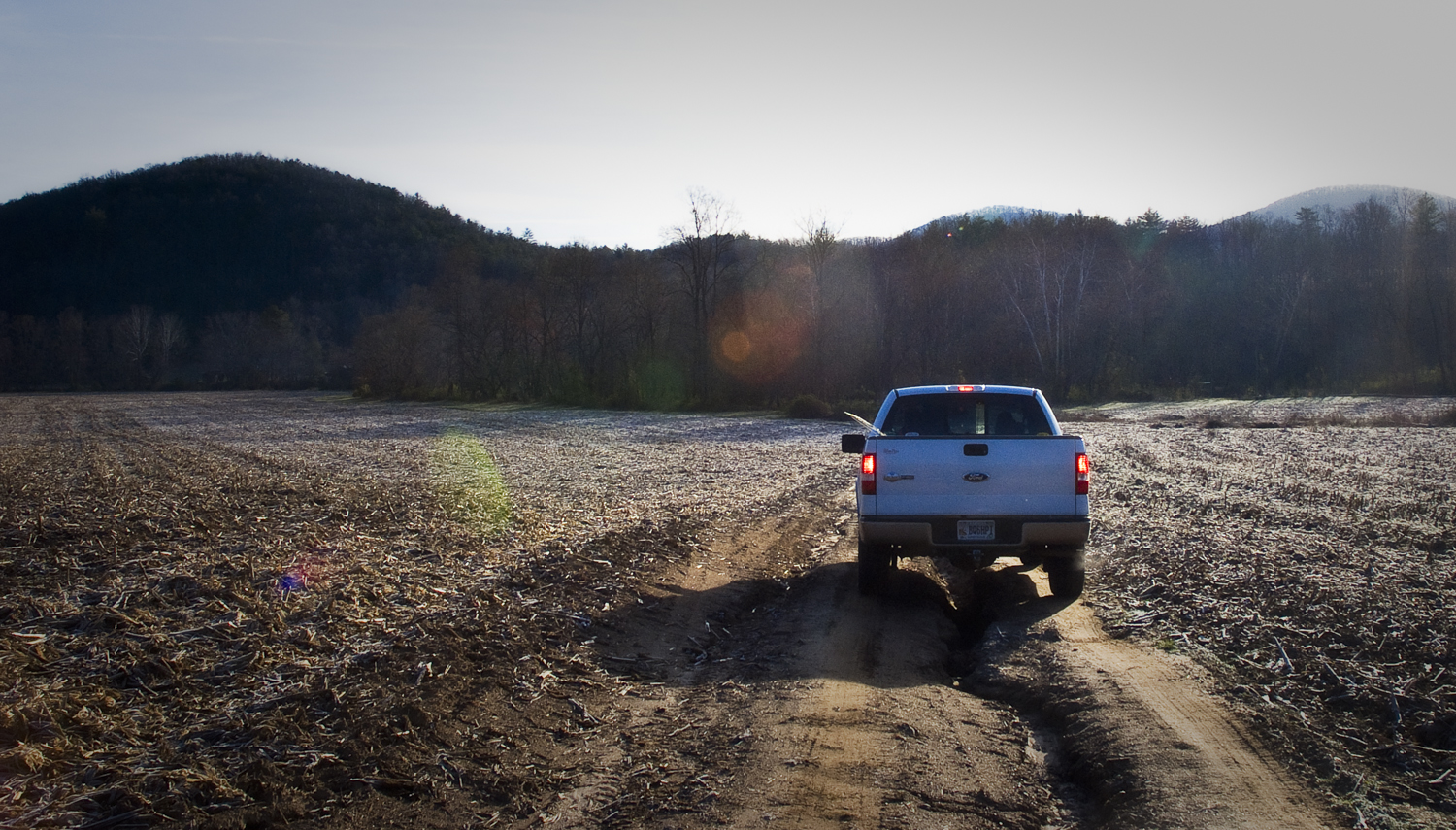
By Ethan Smith
If we want clean water we need to pay farmers to clean it up.
What? Yes, let’s pay farmers a premium over the current farm subsidy program to help keep our rivers clean! That sounds crazy right? Well it isn’t, let me explain.
The farm bill and its subsidies are currently clean water’s worst enemy. The farm subsidies began with their heart in the right place. They help save American farmers by guaranteeing their crops with insurance. So if something bad happens on the farm like a flood, the farmer still gets paid. I can support that as a concept, however every piece of legislation has some unintended consequences especially when there is finance involved.
In this case the unintended consequences of the farm bill and it’s crop guarantees is rivers with excessive silt contamination and high nutrient loading, leading to toxic algae blooms, poor fish habitat and crappy fishing.
So how does the farm bill lead to these poor fishing conditions?
Let’s say a farmer has some land in a floodplain that floods one out of three years. It wouldn’t make sense for him to plant that land under normal free market conditions because the profits from the two years of successful growth would be wiped out by his losses every third year when it floods. So in theory, he would most likely leave them as wetlands. But in our warped incentive world he doesn’t care because every third year when that part of his land floods he collects insurance money from the government and gets paid anyway. So he doesn’t have to worry about flooding. Either way he makes money.
So that farmer plows under anything and everything he can plant. More land equals more money for him because there is no risk to him planting a wetland with crops even if it floods. It’s a win win situation. Drive over any bridge and there is a good chance that there is farm land adjacent planted with crops that is clearly in the flood plain, the farm subsidy at work.
So how can we change this?
Read More »Fly-fishing and the Other Stuff That Gets Us Outside
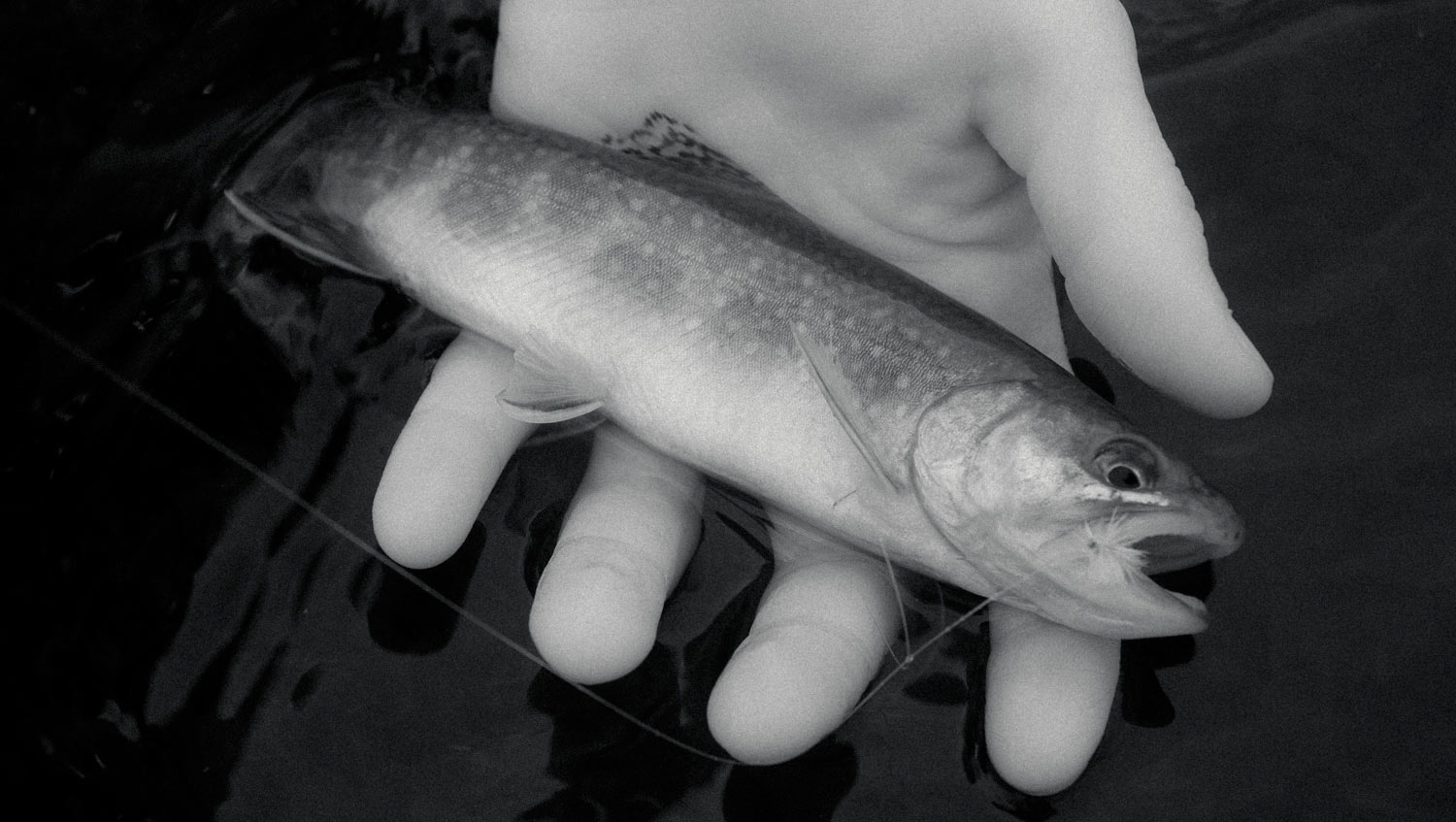
By Daniel Galhardo
I believe fly-fishing is first and foremost and excuse for us to spend time outside.
And it is an incredibly good one. But, deep down it is truly nature, the environment where we find ourselves, that keeps us going out for more. Yes, I know a couple of fishing lunatics that can keep going back to the ugliest ditches to catch fish; but I know way more people that wouldn’t go to those places more than once for a fish of any size, yet keep returning to beautiful parks, pristine meadows and picturesque mountains even if the fish are not that big.
In fact, I know many people that keep going back to those places even when fishing is not the main intention. They just want to be there. Sometimes I find myself in that camp.
I could wax poetic about how “many men go fishing all of their lives without knowing that it is not fish they are after.” (Thoreau). But I believe you have heard that enough that, by now, you either have come to hate the cliched sentence, or have come to believe it. Regardless, I would imagine you already sense that any excuse to be outside must be grabbed.
At this time of year we experience our infamous runoff season. The snow that has accumulated in the Colorado peaks during the winter melts and inflates our rivers. Although “snow melt” makes for a cool Colorado beer ingredient (Upslope beer is awesome by the way) it also makes it a bit tough to fish near home. So, at this time of year I find other excuses to get me outside.
One of the things that gets me outside at this time of year is foraging. I get outside and roam forests and fields in search of edible mushrooms and mountain vegetables. Foraging is actually not too unlike fishing. It often gets me to beautiful places. And, the process of actively looking for something, just like looking for the spots where the fish may be hiding, fills the parts of my brain that are normally busy thinking about work and life’s challenges.
When I go fishing, I typically notice a lot of things in the stream that I wouldn’t pay that much attention to while on a regular hike. I notice the way a current may form a whirlpool and gather things such as insects and leaves in nooks between rocks. I notice the shadows that betray the location of fish. Likewise, foraging allows me to notice things I wouldn’t pay much attention to while fishing. I notice the way a fern uncurls as it comes out of the ground, or the patterns and texture of a small patch of moss. I even notice the smells are different. While I’m fishing, my nostrils seem to pick up the freshness of water and the scent of fresh pines more than the earthy smells I notice when I’m walking on dry land. It is interesting to notice these differences.
Last week I went on an outing that filled my soul – yeah, I know, cliché… But, it was so true. One morning I woke up with an intense desire to go fishing. The rivers were blown out of proportion here. I had an early morning meeting, but couldn’t stop thinking about hitting the water. Going for a regular hike with the dog was not going to fill the need I had. As I had my morning coffee, I decided I needed a more intimate, and perhaps more adventurous experience with mother nature. A few minutes before leaving for my meeting, I decided I was going packrafting, and foraging, and bring a tenkara rod along just in case.
Read More »Putting Your Rod Tip In The Water Can Be A Game Changer
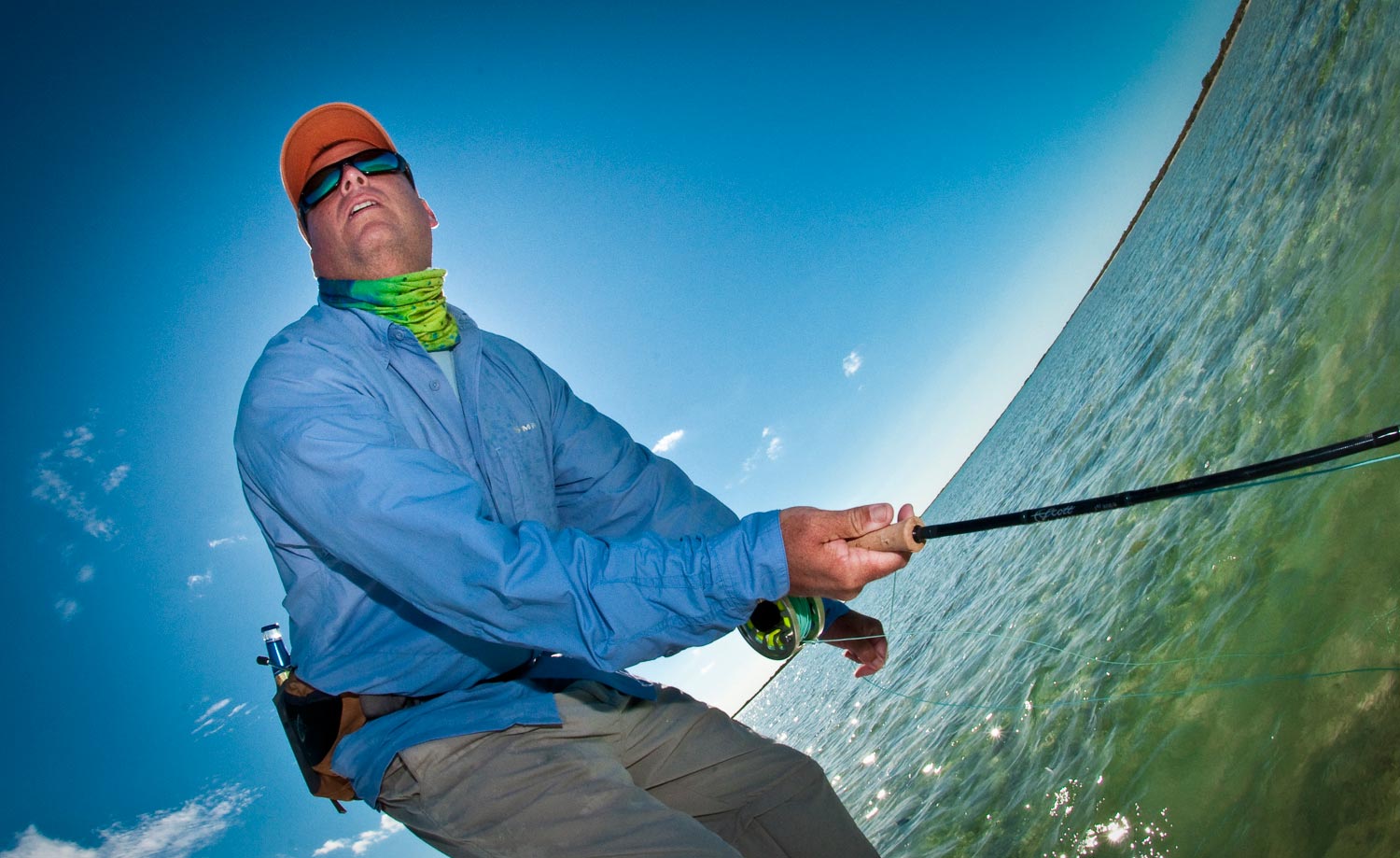
When a strong fish runs hard downstream too quickly for you to follow, you find yourself at a disadvantage. With the fish directly downstream, the angle of the hook in the fish’s mouth is perilous. Any thrashing or head shaking on the part of the fish can easily result in a long distance release. If you are unable to get downstream and establish a better angle to the fish you are left with only one choice, bring the fish to you. But how?
Read More »How To Get New Fly Line For $5, Or Pretty Close
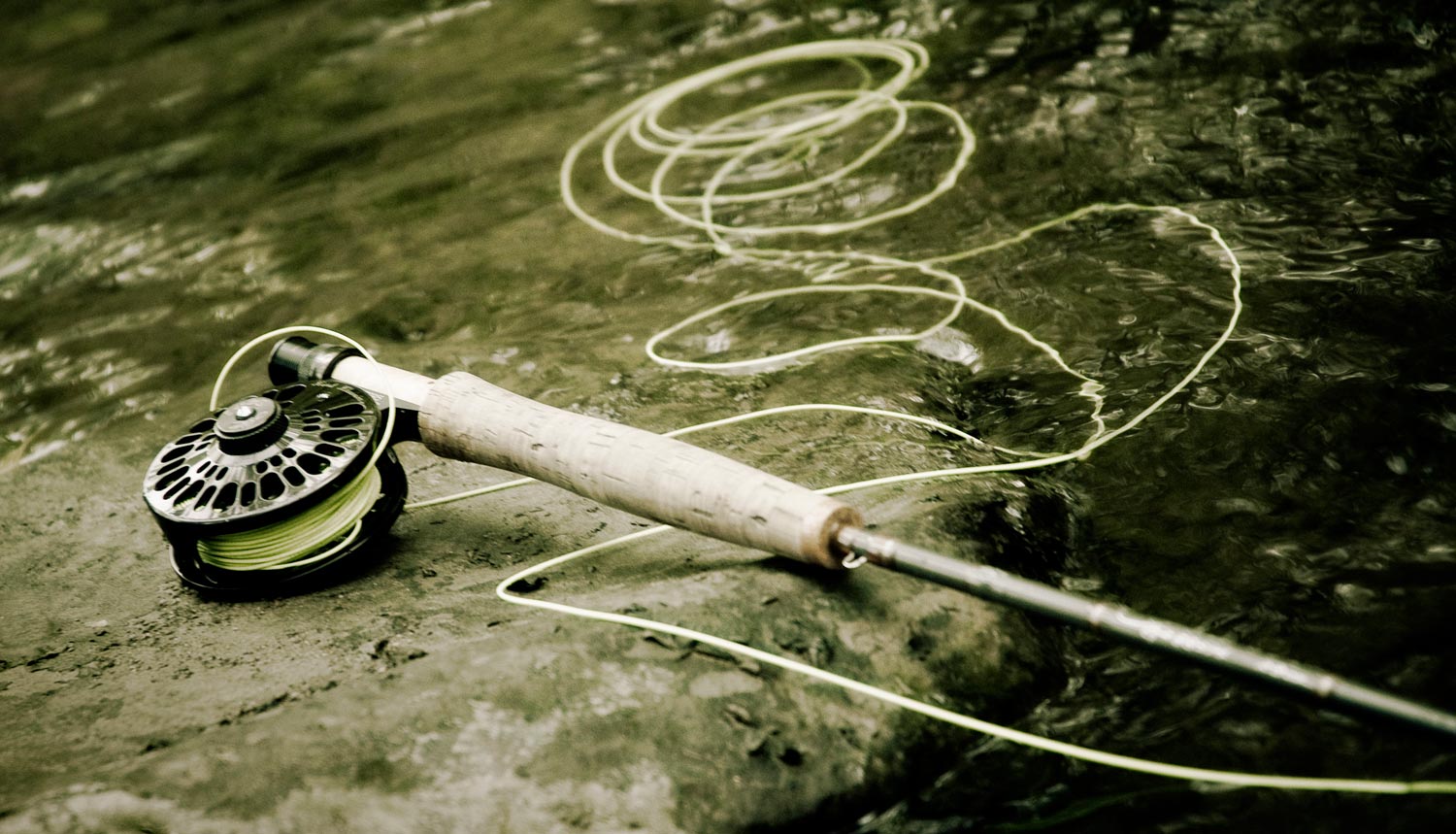
Think you need a new fly Line? Spend $5 First.
I was out fishing with my buddy Scott the other day. He broke off his rig while I was on the oars so I handed him my five weight to fish. Scott took one cast and asked,
“What fly line is this? I’ve got to get one!”
What Scott didn’t know was that I had fished that same line just two days earlier and it had been miserable. The line stuck to the water and the guides. It felt like you could barely pull it through the guides, let alone shoot it. It was filthy.
“It’s a RIO Gold,” I told him. “But what you like about it is that I dressed it last night.”
It’s such a simple thing to clean and dress a line, but so many anglers don’t do it. At least not regularly enough. I’m guilty too but at least I know how to fix the problem. And now, so do you. Before you spend $90 on a new fly line try this out. I’ll bet it solves a lot of your problems.
HOW TO CLEAN AND DRESS A LINE
Start by cleaning the line. Putting line dressing on a dirty line just makes a slurry. It’s best to clean your line often and so I keep it simple. I use finger wipes. The kind you get at BBQ joints. Individually packaged, alcohol towelettes. I bought a case of 1000 of them for $7 years ago. I keep them in my boat bag so I can clean my line any time. It takes seconds.
Mucilin-Silicone-Green-1Once the line is clean
Read More »Practice Makes Permit
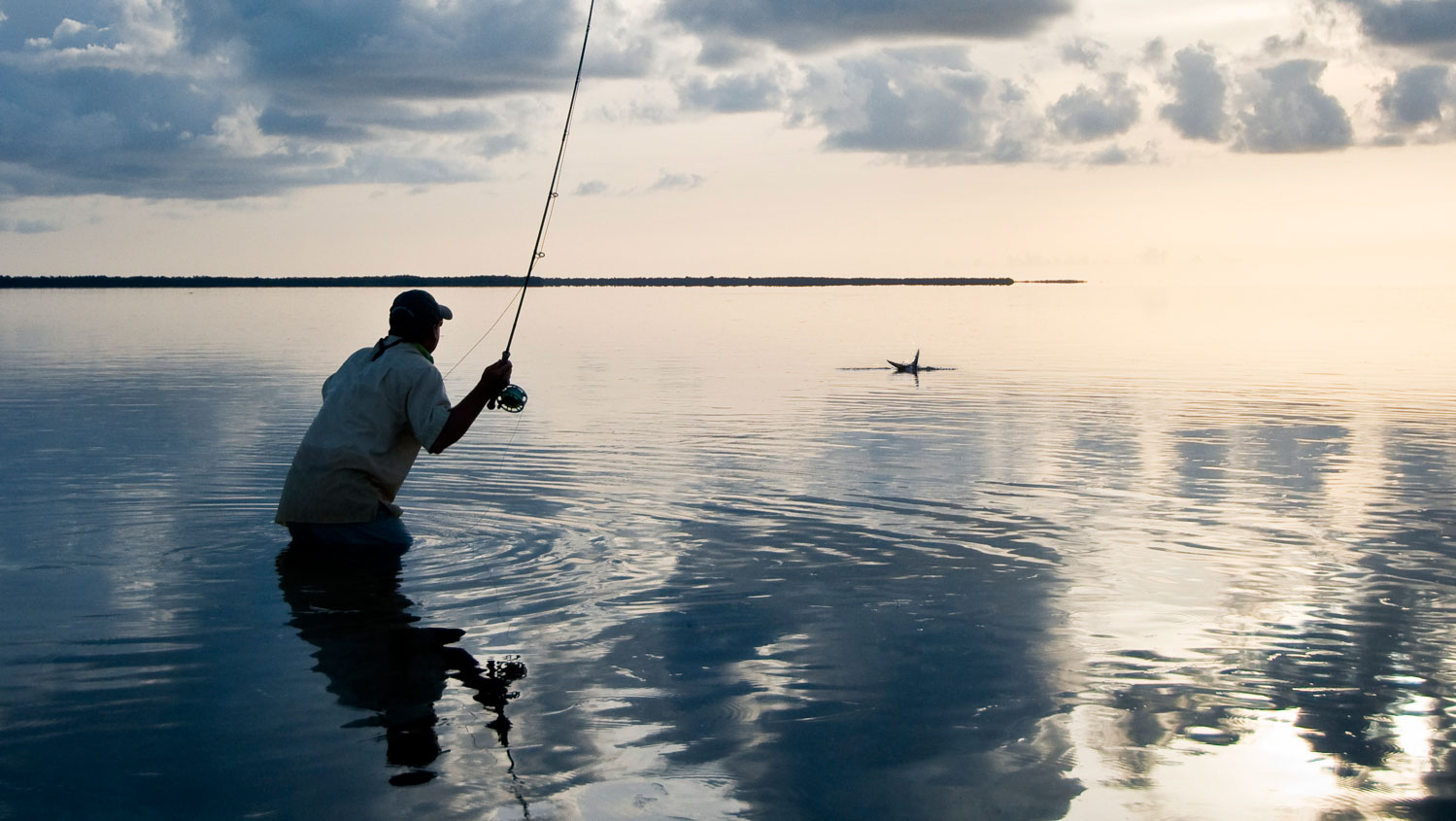
TODAY WE HEAR FROM ANOTHER NEW G&G CONTRIBUTOR.
Bruce Chard likely needs no introduction. You’ve seen and heard him many times on G&G, but now its official. We are proud to have Bruce a regular contributor on all things saltwater.
Photo by Louis Cahill
Photo by Louis Cahill
NO SPECIES CHALLENGES THE FLY ANGLER LIKE PERMIT.
They’re smart, spooky and have great eyesight, if not ESP. Fooling one with a fly is one of the most challenging and rewarding things you can achieve in fly fishing. An accurate presentation increases your odds exponentially!
You should practice casting as much as you can before any flats fishing trip but especially before a permit trip. Accuracy is definitely more important than distance in permit fishing, so challenge yourself for accuracy during practice sessions.
You’ve heard the saying “Practice Makes Perfect”. Well I think when we are talking about saltwater fly fishing/casting “Practice Makes Permanent!”
Practice casting develops muscle memory and muscle memory lets you deliver under pressure. The more practice time you put in, the more you will get out of it. Repetition is the key. Three one hour sessions are better than one three hour marathon.
Flats fishing is a serious challenge. Mother Nature will leave you head down and humbled and usually the angler’s casting ability more than anything else is to blame. This is easy to fix. Just practice! A lot! The more the better!
Here are some things you can do to practice accuracy.
Read More »Soft-Hackle Hares Ear
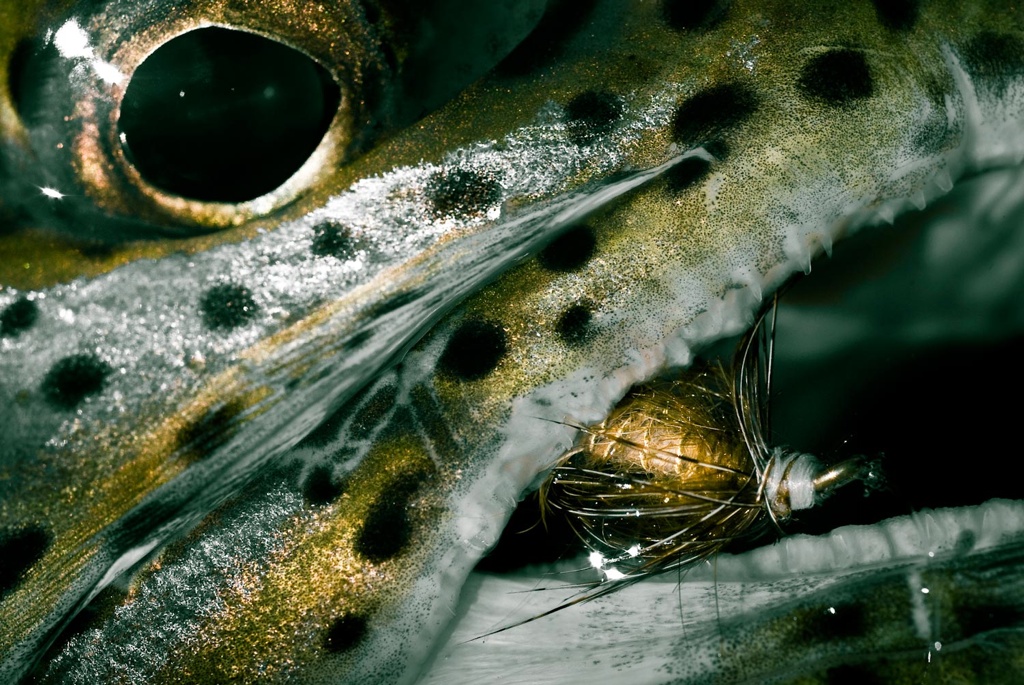
Guiding has allowed me the opportunity to examine lots of my clients fly boxes over the years.
Quite often I open a fly box and just find a bunch of bream poppers and traditional old school attractor wet flies. I know it sounds crazy but it’s the reality in my region of work. I pause for a few seconds scanning their box intently, and try to give the impression they didn’t waist their money trying to stock their fly box at the local Walmart. I then quickly reply, “No worries, I’ve got plenty of flies that will work today for you”.
Seriously though, even when I actually get an angler with a decent selection of usable fly patterns in his/her fly box, I consistently notice one fly pattern that’s absent time and time again. The soft-hackle hares ear is the missing fly I’m referring to here, and although it’s just as deadly at catching fish as its cousin the soft-hackle pheasant-tail, for some reason rookie and intermediate level fly fishermen aren’t being told to stock them.
Read More »Tim Rajeff Fishes Two Fly Lines On One Rod
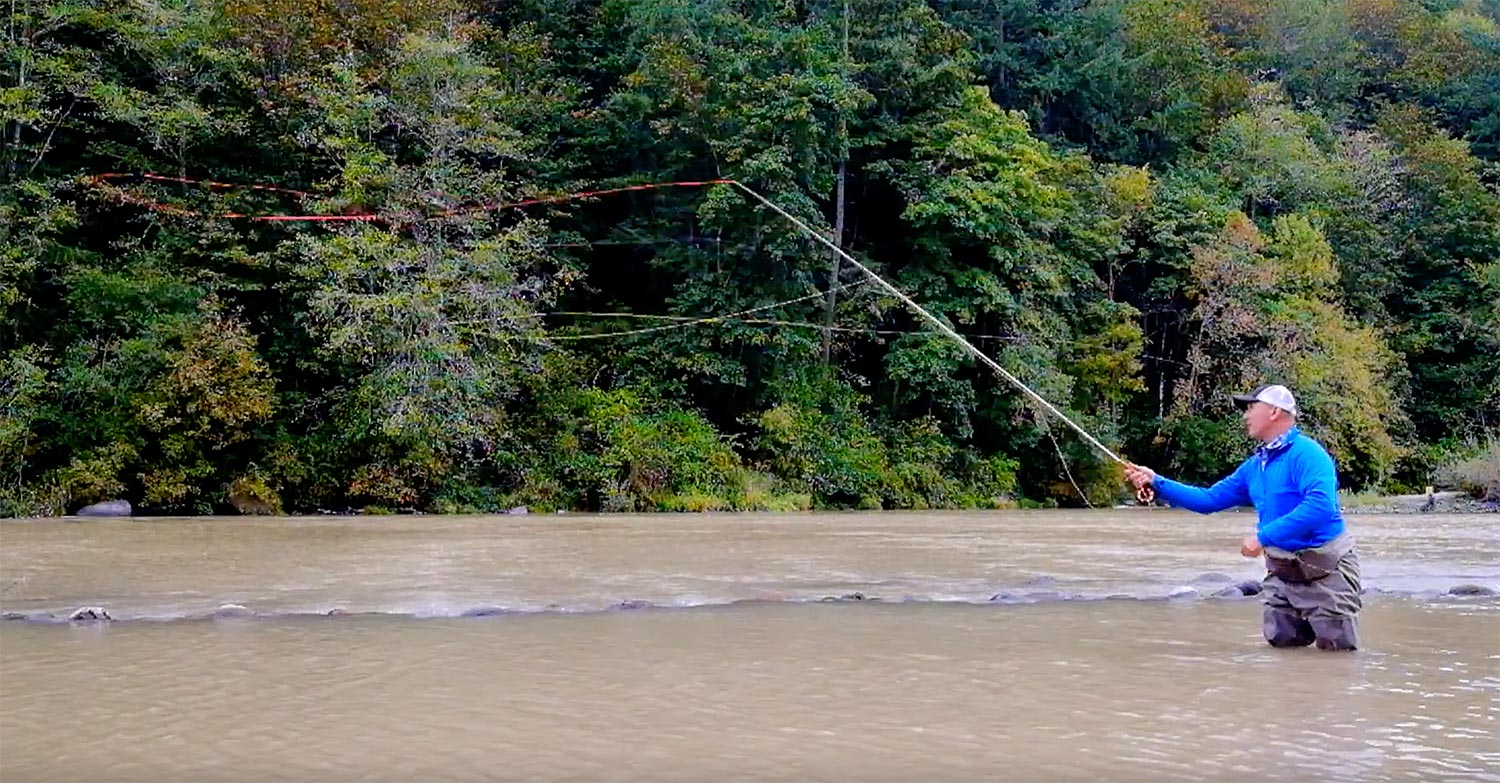
If you think you’ve seen everything in fly-fishing, check out this video with Tim Rajeff.
Want to catch twice the fish? Try fishing twice the line. OK, obviously this is a joke but it’s also an overt display of casting skill. Not satisfied with with being one of the worlds greatest fly casters, Tim Rajeff has actually learned to cast two fly lines at once, with a single rod.
I don’t know of any practical application for this technique, but it’s amazing to watch. If you struggle to cast one line without a tangle, watching Tim Place two flies, side by side, without a hitch might make you scream. If you figure out who to catch two fish at once doing this, please send us a photo!
WATCH THIS VIDEO TO SEE TIM RAJEFF BEING A BADASS.
Read More »Fight the urge….
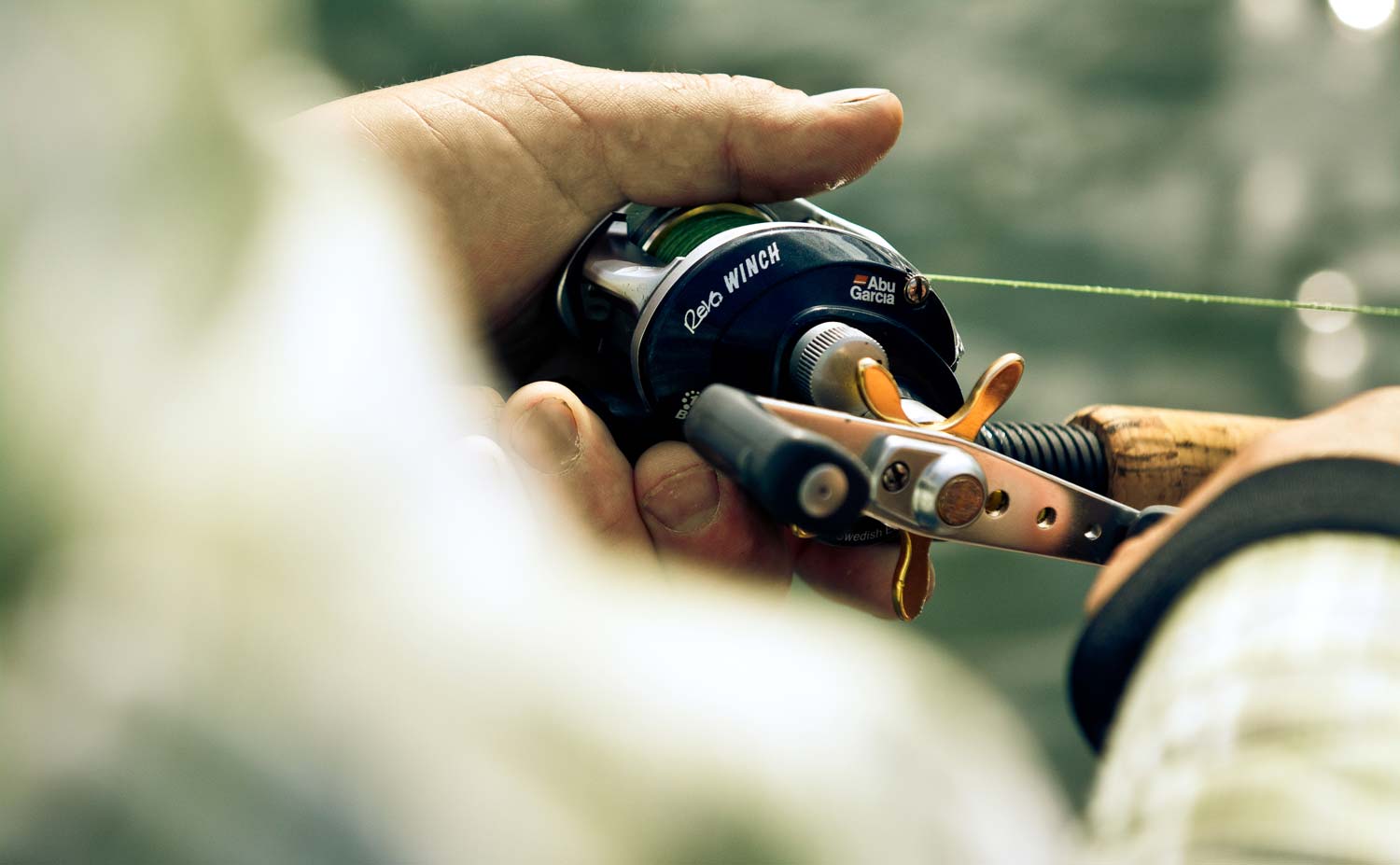
By Jesse Lowry
I grew up with a bait caster in my hand, fishing for bass with my dad since I was knee-high to a grasshopper.
Even after I started fly fishing for trout in my teens, I never really crossed bass fishing with fly fishing, save for practicing my casting with a 5 weight and little poppers; which can be a ton of fun catching smallies and blue gill.
But when it came to largemouth bass fishing, me and dad were always out “hog hunting”. Two feet of water, tight to the shoreline, downed trees, logs, weed beds, heavy structure. We were after 6-8 pound fish (hogs by Canadian Standards), using 30-pound braid, stiff-as-a-board rods, and a reel that may as well have been made by Warn Winches. It was tournament style fishing and in my mind it was definitely not the place for a flimsy fly rod.
Then fly fishing found the internet and its endless streaming of everything. I realized there were fly rods bigger than my “heavy duty” 6 weight (we didn’t exactly have a local fly shop back then, other than some smaller local shops near the few trout streams in southern Ontario 5 hours away). For the first time, I saw someone fly fishing for peacock bass in the same type of structure we targeted bass with our traditional gear. After that I thought to myself, man… I could do that here no problem. Unfortunately I was in my mid 20s, about the time that life started to get in the way of fishing. My fishing time was precious, I wanted to catch, not fish. After about an hour with a fly rod and no “real luck” (anything over 2 pounds) I would get frustrated and pick up my trusty bait caster with a Yamasenko and typically boat a few “hogs” within the next hour.
(Authors note: Yamasenko’s are trophy largemouth crack in up here in Ontario, they can’t resist them. )
This year life has changed a bit, but by no means do I have more free time to fish. I just had my first child, a little girl named River, I’m still working 50 hours a week at a desk in Toronto, and have started building a home/fishing lodge in BC. However, I decided this year to make a conscious effort not to pick up a bait caster when I’m on the bass boat. Not because a fly rod is a more effective way to catch bass. In my opinion it’s not, and no matter how good I get on the fly, for me it never will be (not with that kind of attitude, you’re probably thinking). But fly fishing for bass sure is a hell of a lot more fun! When you hook into a good fish on a fly rod it’s far more rewarding than the 20 second fight on heavy traditional gear.
A few weekends ago was a real test.
Read More »